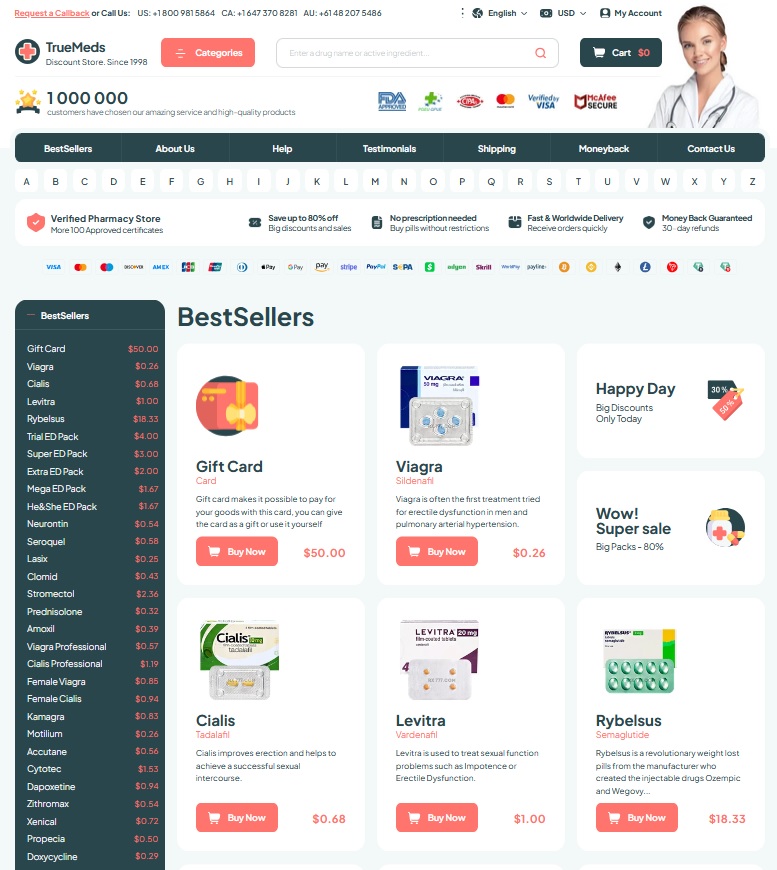To Buy Ambien Online Visit Our Pharmacy ↓

Ambien, known generically as zolpidem, is a popular medication prescribed for the short-term treatment of insomnia. Understanding its different forms can help patients and healthcare providers make informed decisions about its use. Ambien is available in several tablet forms, each designed to address specific sleep-related issues.
The most common version is the immediate-release Ambien tablet, which helps individuals fall asleep quickly by releasing the active ingredient into the bloodstream shortly after ingestion. This form is ideal for those who have trouble initiating sleep but do not generally wake during the night.
For those who experience difficulty staying asleep, Ambien CR (Controlled Release) offers an alternative solution. This version consists of a two-layered tablet: one layer dissolves quickly to aid in falling asleep, while the second layer releases more slowly to help maintain sleep throughout the night.
Additionally, there are sublingual tablets like Intermezzo and Edluar. Intermezzo is specifically formulated for middle-of-the-night awakenings when there are at least four hours of bedtime remaining. Edluar functions similarly to standard Ambien but dissolves under the tongue for rapid absorption without water.
Understanding these various zolpidem forms allows patients and doctors to tailor treatment plans that best suit individual sleeping patterns and needs. Whether it’s falling asleep or staying asleep that’s problematic, there’s likely an Ambien version designed to provide relief effectively and safely.
Ambien Tablets: Standard vs. Extended Release (CR)
When it comes to managing insomnia, understanding the differences between immediate-release Ambien and Ambien CR (controlled-release zolpidem) is crucial for making informed decisions about your treatment options. Standard Ambien tablets are designed for rapid action, helping individuals fall asleep quickly by releasing the active ingredient, zolpidem, into the bloodstream almost immediately. This makes them an ideal choice for those who primarily struggle with falling asleep.
On the other hand, ambien CR is a controlled-release formulation that not only helps initiate sleep but also works to maintain it throughout the night. This extended-release version consists of two layers: the first layer dissolves quickly to help you fall asleep faster, while the second layer releases more slowly to assist in staying asleep longer.
Both formulations serve distinct purposes and can be prescribed based on individual sleep patterns and needs. While immediate-release Ambien is effective for short-term sleep initiation issues, Ambien CR may be preferable for those experiencing frequent awakenings during the night. It’s important to consult with a healthcare professional to determine which option aligns best with your specific sleep challenges and overall health profile.
Ambien Oral Spray and Alternative Administration Methods
When it comes to managing insomnia, Ambien (zolpidem) is a well-known medication. However, not everyone finds traditional pill forms convenient or suitable for their needs. This is where alternative administration methods, like Zolpimist oral spray, come into play.
Zolpimist oral spray offers a non-pill delivery method of Ambien that can be particularly beneficial for those who have difficulty swallowing tablets or need a more rapid onset of action. The oral spray is designed to be absorbed quickly through the mucous membranes in the mouth, allowing for faster absorption into the bloodstream compared to traditional pill forms. This can make it an attractive option for individuals seeking quick relief from sleeplessness.
In addition to Zolpimist, there are other alternative forms of ambien available that cater to different patient preferences and needs. These include sublingual tablets that dissolve under the tongue and offer another route of administration without the need for water or swallowing.
Exploring these alternative delivery methods can provide patients with more flexibility and comfort in managing their sleep disorders effectively. Always consult with a healthcare professional before switching from one form of medication to another to ensure safety and efficacy tailored to your specific health requirements.
Dosing Guidelines for Different Forms of Ambien
- When it comes to ensuring a restful night’s sleep with Ambien, understanding the dosing guidelines for its various forms is crucial. Ambien, known generically as zolpidem, is available in several formulations, each designed to address specific sleep-related issues. The proper dosage for these zolpidem forms depends on factors such as age, health status, and the specific sleep disorder being treated.
- For standard Ambien tablets, typically prescribed for short-term insomnia relief, the recommended starting dose for adults is 10 mg once daily immediately before bedtime. However, lower doses of 5 mg may be considered for women and older adults due to differences in drug metabolism and sensitivity.
- Ambien CR (controlled release) offers an extended-release option that helps maintain sleep throughout the night. The usual starting dose of Ambien CR is 12.5 mg for adults; however, a reduced dose of 6.25 mg may be appropriate for women and elderly patients.
- Sublingual tablets like Edluar are another form of zolpidem designed to dissolve under the tongue quickly. These are often used when rapid onset of sleep is required or if swallowing pills is difficult. The dosing recommendations mirror those of standard tablets: typically 10 mg before bedtime with adjustments made based on individual patient needs.
- Intermezzo represents a unique formulation intended specifically for middle-of-the-night awakenings when at least four hours remain until waking up time. It comes in lower doses—3.5 mg for men and 1.75 mg for women—to minimize next-day drowsiness while effectively addressing nighttime wakefulness.
- Regardless of which form you are prescribed, safe use of ambien variations requires adhering strictly to your healthcare provider’s dosing recommendations and avoiding activities that require full alertness after taking the medication due to its sedative effects. Always consult with your doctor or pharmacist if you have questions about how best to use these medications safely within your treatment plan.